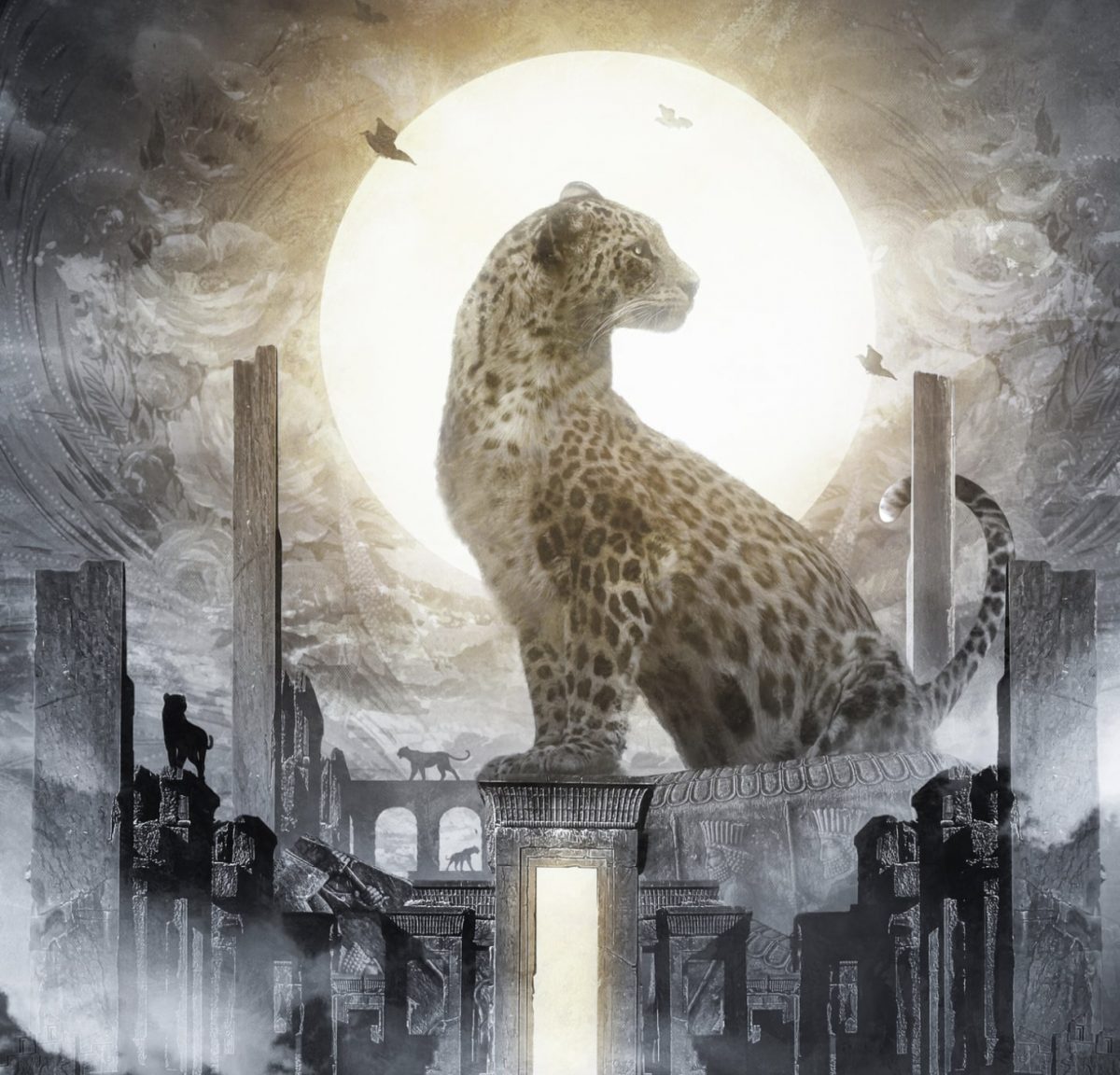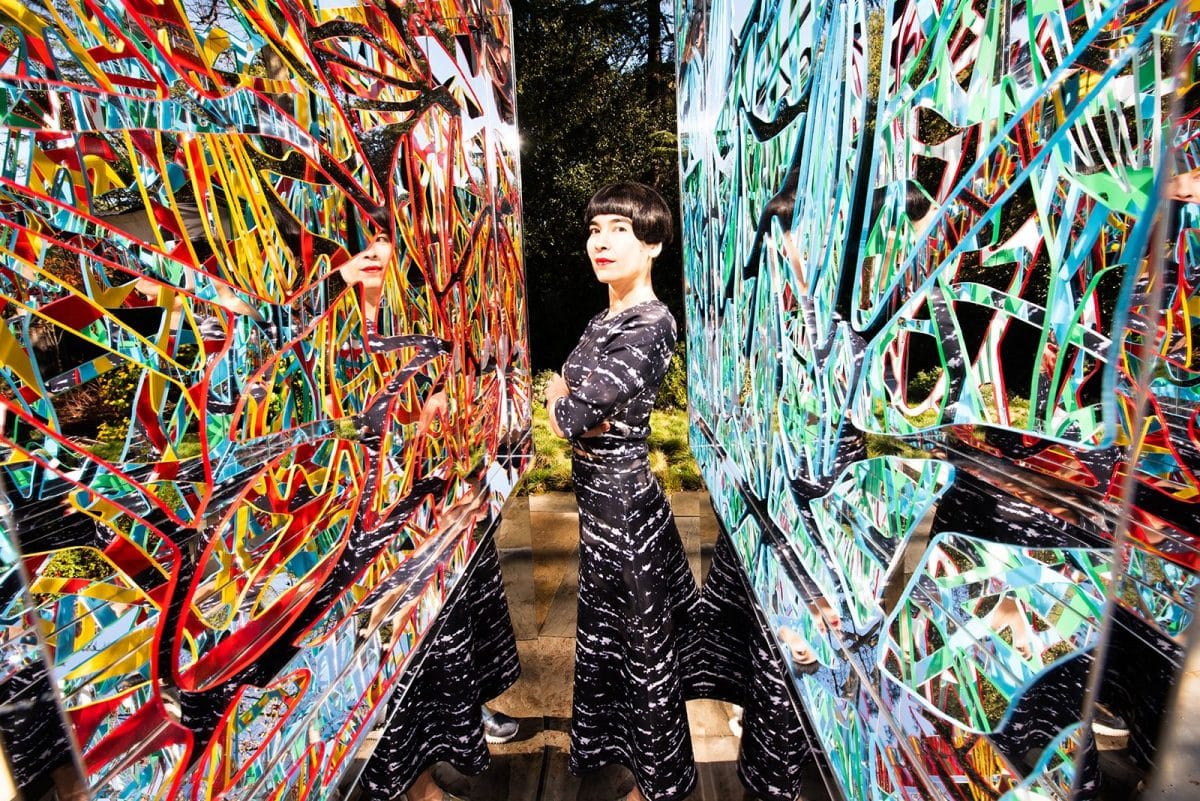All investment/financial opinions expressed by NFTevening.com are not recommendations.
This article is educational material.
As always, do your own research before making any kind of investment.
all about cryptop referances
As with all emerging technologies, NFTs have also been the darling of controversy. To be sure, it’s not all unfounded. From theirs environmental impacts rise fraud and fraud, non-fungible tokens has many disadvantages with its name. Not to mention the industry’s prevailing crypto-bro culture, racism and lack of representation. And with all the fuss about cartoon jpegs and lots of ridiculous NFT projects with no intrinsic value (read: Trump NFTs), it’s easy to lump all NFTs under a single umbrella — as financial journalist Matt Levine put it — a Ponzi – arrangement. But there are always two sides to the coin.

Time and again, the Web3 space has witnessed innovators using blockchain and NFTs to advocate for a variety of social, environmental and other relevant causes; creates effects in the real world. Be it Web3 activism, supporting the LGBTQIA+ community, fighting Web3 racism or raising funds for scientific research, there are many examples of using NFTs for a brighter future. Moreover, if the current bear market conditions are any indication, this may be the only sustainable way forward for the Web3 space.
2022 has been a tumultuous year for NFTs, to say the least. The waning interest in NFTs, falling sales volumes, crashing crypto prices and large sell-offs all point to one thing—The NFT bubble is bursting, if it hasn’t already. Compared to 225,000 sales in September 2021, the numbers plunged to 19,000 in May 2022. BAYC’s Otherdeedcool cats, Women’s worldMoonbirds Oddities and several other top collections all trade for around 1-3 ETH (at the time of writing).
This is a clear wake-up call for the industry. NFTs are not about projects (short) to ride the wave of success driven by artificial hype and FOMO. Investors are becoming cautious – and rightly so – and aware of where they put their money. It doesn’t matter if it’s an NFT that sold for millions in the past (remember NFT to Twitter founder Jack Dorsey’s first tweet?). Or that it was endorsed by a popular celebrity (Logan Paul’s Bumblebee NFT is now notorious for its value; or the lack thereof). What matters right now is that NFTs need a fresh start, and soon.
Sinking portfolios aside, this is the perfect opportunity for the industry to shift its focus to the true potential of blockchain technology. Amidst all the cacophony surrounding digital tokens, people often fail to realize that NFTs are not the pictures, videos or memes you see online. Rather, NFTs are, in the simplest terms, essentially digital certificates of ownership and authenticity on the blockchain. This distinction is significant; especially when it comes to turning the narrative around NFTs.
If history is any indication, there are many examples of digital trends that had to make significant changes to stand the test of time. Virtual reality, for example, was heavily hyped in the late 1990s. However, it was only in the last decade that they became popular, thanks in part to more advanced and user-friendly VR headsets, such as the Oculus Rift, released in 2012 (now discontinued). Even then, the technology has yet to be adopted mainstream.
At this critical juncture, some important questions arise: In what ways can Web3 help create real impact? How can we use NFTs for social good?

While the NFT industry is still in its infancy, there are several ways to use NFTs to create real impact:
NFTs and crypto have become popular fundraising tools, especially due to the transparency provided by blockchain technology. As a crypto investor and environmentalist, Nick Rose Ntertsas explained in an earlier interview with NFT evening:
“If you donate money using the ERC-721 tokens or ERC-20 tokens, you can actually see where your money goes … There should be some kind of feedback about what they did with the money and you can track everything on the public ledger.”
With NFTs, collectors also get something in return for their donations – be it art, membership or some other form of utility. Often, organizations can use these NFTs to provide donors with future benefits, including access to events, merchandise, and more. This is important because studies have shown that reciprocal donations can inspire people to give more. At the same time, Web3 fundraising gives charities access to a wider audience for whom donation requests may previously have gone unnoticed.
Web3 is already full of examples of charitable donations. The proceeds from the now infamous Jack Dorsey NFT were actually donated to GiveDirectly, an organization that supports COVID-affected impoverished families in Africa. UNICEFmeanwhile, used NFTs to provide internet connectivity to 21 poor countries.
Another much-cited example is the crypto and NFT community coming together to raise money for war-torn Ukraine through several projects. When the government of Ukraine created its official crypto wallet, over $164 million poured in in the form of crypto donations. ONE donated CryptoPunk NFT even raised $100,000.
Also, fundraising is not limited to organizations and governments. Biologists like Merlin Sheldrake have shown how NFTs can be used to raise funds for important scientific research.
For the longest time, art has been widely used as a powerful tool to raise awareness of pressing issues. NFT art offers the same, but with added benefits of decentralization, proof of ownership and authenticity, greater transparency and security. For this reason, creators, organizations and brands alike have used NFTs to support causes close to their hearts.
WWF Germany, for example, launched an NFT collection in October 2021 to raise awareness of endangered species. Interestingly, each of the 10 artworks in the collection represented one endangered species. Their releases were then limited to the remaining population of the species. In addition, WWF used all the proceeds from the sale to finance its various species conservation projects.

Similarly, French retail giant Carrefour launched an NFT collection to raise awareness of bee protection. The funds from the sale supported the BeeFund of the French NGO, Fondation de France. Still, others have used NFTs to raise awareness of autism, mental health, modern slaveryand climate crisisto mention a few.
Activists like Founder of Pussy Riot, Nadya Tolokonnikova has long used Web3 as a tool for activism. For example, early last year, “enraged by the overturning of Roe v. Wade,” Pussy Riot set up the LegalAbortion.eth wallet for people to safely and securely send donations to women’s reproductive rights organizations. It also launched “Proof of protest” NFT collection of bottles of feminism, with all sales proceeds going to LegalAbortion.eth. Their message was loud and clear: “Your voice is yours, even if your womb is not (in America). No government, no corporation can take that away from you.”
Similarly, Asian-American artist, activist and technologist, Grape Kataoka used a collaborative NFT artwork to advocate for social justice. The piece was a striking commentary on the growing “racist and sexist image in the NFT ecosystem”.

While NFTs were heralded for their ability to create a more equitable and inclusive art space, the same old systemic biases persisted in reality. But this did not stop artists from historically underrepresented communities from creating art or supporting their fellow creators. In fact, there are now more and more projects to empower marginalized creators.
World of Women, one of the first female-founded, female-focused NFT projects, and its artist, Yam Karkai, has empowered women in Web3 in several ways. Other women-led projects such as Chief Beauties, Women rise upand Fame Lady Squad tells similar stories. Meanwhile, Tolokonnikova, along with other artists and developers, launched UnicornDAO, a cryptocurrency collective investment fund.
“UnicornDAO was founded on the mission to redistribute wealth and visibility to create equality for female-identified and LGBTQ+ people,” Tolokonnikova said. “The DAO aims to diversify web3 by helping promote and share NFTs from female, non-binary and LGBTQ+ artists.”
At NFT Evening, we are incredibly proud to have always supported creators, innovators and organizations at the forefront of Web3 philanthropy. Now we’re taking things a step higher to herald a better future for space. To this end, we are kick-starting the new year with a brand new bi-monthly column: NFTs drive change.
Let’s be honest – NFTs don’t exactly have the best reputation right now. But used in the right way, and in the right hands, it is a technology that has the potential to make a real difference. It is also important to break the current boys’ club image of the industry. Only then can it make room for voices that matter; for voices using NFTs for the better. The good news is that there are so many existing creators using NFTs to drive change. It’s just that their stories often get buried under the more sensational aspects of NFTs (read: celebrity falls, NFT Twitter drama…you get the gist).
That’s why starting today, every alternate Sunday, we’ll be highlighting projects and creators using NFTs and other Web3 tools for a good cause. This can be anything from using NFTs to raise awareness of a cause and charity fundraising to Web3 activism, among other things. Follow along as we bring you project highlights and interviews with inclusion ambassadors, artists, activists, innovators, technologists and more.
At the same time, we recognize that conversations about impactful NFTs would be incomplete without addressing their inherent pitfalls. How, for example, can NFT be used for good with minimal energy consumption? Or how can non-crypto experts make informed decisions when jumping on the NFT bandwagon? We will discuss these and more in our upcoming column.
Finally, if you are someone who uses NFTs to create real-world impact, have ideas about the intersection of NFTs and social justice, or know someone who does, drop us a line at: [email protected]
All investment/financial opinions expressed by NFTevening.com are not recommendations.
This article is educational material.
As always, do your own research before making any kind of investment.